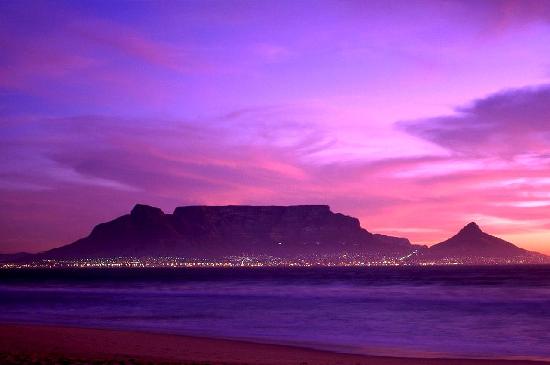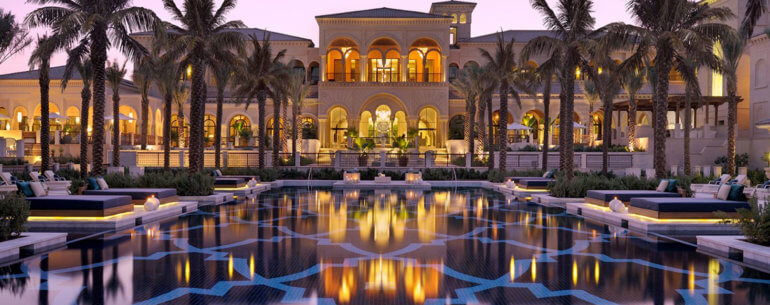
As decades pass, there are natural landmarks which witness cities unroll with expansive urban settlement surrounding them. Some of these landmarks have a definite advantage of remaining so magnificent and gigantic that they remain easily separated. Their grandeur lets them stand out no matter how much cities evolve to spawn architectural wonders never even perceived before.
Cape Town is South Africa’s largest urban hub, and it is bestowed with the most iconic topography a city could preserve. Perhaps this may be the reason why this was named Cape ‘Town’ at the start, nestled between the coastal shelf and mountainous highlands towering above the horizon. Yes, Cape Town is not just all for the beaches, but a lot more comes across your way as you head inland. The Table Mountain is the only aspect remaining prominent, forming a uniform height with around twelve platforms as viewing spots specified for varying zones of Cape Town.
A trip to the table Mountain has been made convenient for visitors of all ages. Whether you’re accompanying old or handicapped personnel on wheelchairs, or toddlers who can’t keep up with the stamina to stay active for more than a couple of hours; there will never be a problem. There would be no need for an exhaustive trek or a spiralling drive up the mountain; Cable cars are kept running over the entire slope to transport visitors to the cable station established on the highest peak, all within a span of ten minutes! One would wish it would rather take longer, as you get to take in 360-degree views from the cabin glass high above the plunge of the rocky valleys between the mountains.
In fact, the mountains are more eye-catching to witness than the vast Cape Town itself from up above. As the car travels from one end to the other you’d discover small waterfalls, streams, patches of forests and wildlife engaged in its own natural habitat. Fallow deer, African wild cat, snakes and tortoises are among many species present while the Cape Floral Region makes you watch it out with a cluster of more than 2000 plant species, many of them rare. This very reason made it a World Heritage Site.
Hiking enthusiasts would find it utterly berserk not to go for a trek at least one way to the top of the mountain. Rockery and cemented stone have been constructed to form guided pathways, while the climb never goes too steep to exasperate trekkers out of their breaths. As soon as you reach the top, the sight of the entire south of the country laid out like a map in front will make any newcomer forget the efforts in sheer relief. This aerial view can be taken from nowhere else, not even the flights to Cape Town flying high above the city itself.
Picnic spots are spread around the mountain, as a 2-kilometre walkway connects twelve sighting grounds, while rock climbing activities are active on certain steeper sections of rock. Devil’s Peak and Lion’s Head are among the spots which stay discriminated from the rest. The cable station houses a cableway cocktail bar while a restaurant has also been established to cater for appetites awaiting a sumptuous meal after a long hike.
These days it’s quite comical when you get to know rich states, even countries bent upon giving form to architectural hallmarks which will ultimately spell shadow to spear the sky with their sheer height. These hotels boast exclusivity with exorbitant rates only the filthy rich can afford, meaning you’ll need to pay a lot for getting a view from up top. Cities like Cape Town are blessed with a mountain overlooking a lot more than just one region and are open for everyone as well.



Leave a Reply
You must be logged in to post a comment.